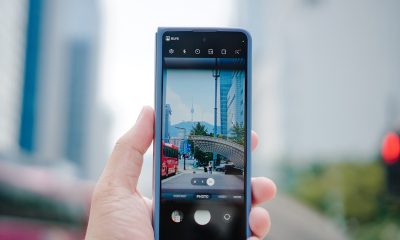

Back in July, an earthquake rocked Metro Manila. Unbeknownst to most but noticed by some, a globally renowned company was helping everyone through the natural incident: Google. In the few minutes leading up to and during the 6.7 magnitude earthquake, Android users received important alerts warning them of the ongoing tremors. Though it wasn’t the dreaded Big One, the alert afforded attentive users a few precious seconds to either seek appropriate cover or stop doing dangerous tasks.
Incidentally, the tech surrounding Google’s earthquake alert system wasn’t just hastily built on ongoing databases or social media. Google actually packed in a fully responsive earthquake sensor for Android phones.
Faster than an earthquake
The forever-increasing speed of technology has always been a contentious element since the rise of smartphones. Developers and users alike have wondered how accurate or quick our favorite devices can warn us of things happening around us. There’s even an XKCD comic about how Twitter can warn us of an earthquake minutes before it reaches the reader.
Over the years, technology has developed new ways to deliver alerts. From simple weather apps to city-wide messaging systems, users can receive warnings in a timely fashion. Practically nothing is a surprise anymore with the right technology.
That said, Google has successfully developed a new system that can rely on other Android smartphones to accurately tell whether or not an earthquake is happening.
A quake detector in your pocket
Speaking to Android Police, the feature’s lead engineer Marc Stogaitis described how Google’s earthquake sensor leveraged other devices to tell users about the quake. It all revolves around the different sensors built inside your phone.
As it is, every smartphone comes with a host of sensors to support its different functions. A light detector can seamlessly adjust brightness and camera settings, and a gyroscope can support compasses, for example. With earthquakes, the biggest element to ponder on is a smartphone’s movement and vibrations during an earthquake.
According to the lead engineer, figuring out the metrics for detecting an earthquake wasn’t a problem. After decades of accurate seismograph technology, developers already have an idea on what they need to measure.
However, the technology does not stop there. Naturally, there are hiccups to relying on just a single (or even every) phone’s data. For one, a city-wide messaging system can set off everyone’s phone in a single area, potentially causing false positives. Plus, relying on a single phone is definitely tricky. There are multiple actions which can cause vibrations akin to an earthquake.
Crowdsourcing a quake
The feature doesn’t rely on just one phone. It doesn’t tap into every Android phone in an area either. Instead, it collates data from phones plugged into a charger. Naturally, a plugged-in phone is the most reliable barometer in terms of battery reliability. They won’t die out in the middle of an earthquake and ruin a source of data. Additionally, charging phones are often stationary. They won’t be affected by motions that mimic earthquakes.
Google “listens” to charging devices in an area. If the subset meets the criteria for an earthquake, the company quickly determines the earthquake’s epicenter (based on approximate location) and magnitude. Once the system declares that a quake is indeed happening, it sends out an alert to nearby devices and gives them the time needed to seek shelter.
The alerts naturally prioritize people nearer to the epicenter. But, of course, the speed will ultimately depend on the phone’s connectivity. A phone hooked up to a building’s fast Wi-Fi connection will receive alerts faster than a commuter’s phone on data while going through a tunnel.
Still, the short time that the alerts give users is enough to save themselves from a precarious situation. Though the feature can potentially warn users of quakes minutes in advance, Stogaitis says that it will more realistically push alerts five to ten seconds before the incident. However, five seconds is enough to go under a table and have some sort of protection against falling debris.
Still keeping things private
For anyone worrying about how Google is handling their data, Stogaitis says that the company removes all identifiers from the data except for approximate location. And, despite that, Google still maintains that the feature will be the most accurate that it can be. Either way, the feature will be useful for any earthquakes in the future.
The earthquake sensor is available for any Android phone running Lollipop and above. Naturally, the feature still necessitates that users turn on emergency alerts on their phone.


Archiving social media is a real problem today. Because most of public discourse happens through social media platforms, a single break in infrastructure can easily wipe out entire conversations and milestones in the modern era. Over the weekend, that exact scenario happened. A glitch on X reportedly erased most images and links from 2014 and beyond.
As spotted by Tom Coates on the platform, images from before December 2014 disappeared from the site. Likewise, links from the same period are also broken and lead nowhere. Among those that disappeared, one of the most notorious losses was a photo taken by Ellen DeGeneres at the Oscars — a tweet that garnered an enormous amount of retweets at the time.
More vandalism from @elonmusk. Twitter has now removed all media posted before 2014. Thats – so far – almost a decade of pictures and videos from the early 2000s removed from the service.
For example, here’s a search of my media tweets from before 2014. https://t.co/FU6K34oqmA
— Tom Coates (@tomcoates) August 19, 2023
X has not publicly commented on the supposed glitch. However, after the deletion was noticed, the platform restored the iconic Ellen DeGeneres photo to its full glory. It’s not a complete restoration, though. A lot of content are still missing.
The single photo’s restoration suggests that the content wasn’t outright deleted but rather misplaced. As some have pointed out, a few instances are still directly available from the servers. Users have also speculated that the glitch was intentionally done to free up valuable server space.
Regardless, the glitch — intentional or accidental — opens up an important issue on how the world can archive content on social media platforms. Despite how inane our conversations can be from day to day, losing a section of social media also means losing entire swaths of public discourse to the ether.
SEE ALSO: Twitter is rebranding to 𝕏
Quickly sharing smartphone photography can be a chore. Not every messaging platform allows lossless media sharing. Often, a platform will sacrifice image quality for speed. Finally, WhatsApp is getting with the program and allowing users to send HD photos on the app.
Today, Meta CEO Mark Zuckerberg officially announced a new feature coming to WhatsApp. Starting now, the messaging platform is rolling out an update to enable HD image sharing.
According to WABetaInfo, the feature will bump up image quality to 4096 x 2692 resolution. Now, an upper limit naturally implies that there’s still compression going on, especially for photos taken at much higher resolutions. WhatsApp has not explained how compression will work under the new HD feature. However, it’s still a good improvement.
Alternatively, if users don’t want to handle the increase in storage or bandwidth use, they can continue to send images in standard quality. The option, once the app is updated, can be accessed by an HD icon when sending images.
Besides image sharing, WhatsApp is also working on adding HD sharing for videos. However, Zuckerberg did not share a timeframe for the improved version of the feature. The update should be rolling out now for WhatsApp users.
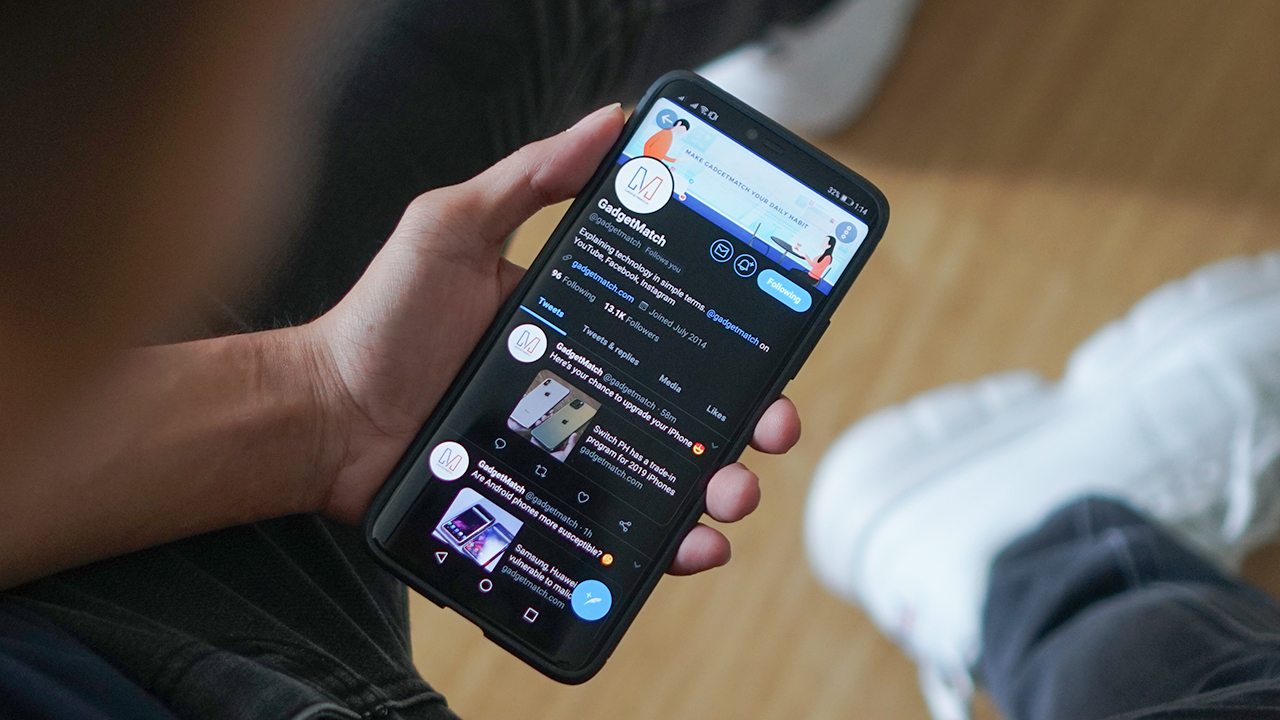
X is continuing its arduous trek to become an all-in-one app. This time, after reintroducing native livestreaming, the platform is moving towards the next natural evolution: video chat. X CEO Linda Yaccarino has officially announced that the feature will come to the platform soon.
In an interview with CNBC, Yaccarino, who took the reins from Elon Musk earlier this year, announced that “soon, you’ll be able to make video chat calls without having to give your phone number to anyone on the platform.” As if that’s not enough, Andrea Conway, a designer at the company, also posted that she “just called someone on X.”
Given Conway’s post, the feature should be in a relatively stable part of the development process. However, it’s not clear when and how the platform plans to launch video chats for the public. It’s also unclear whether the feature will be available to all users or only to those who pay for X Premium, formerly known as Twitter Blue.
With the evolution of all social media platforms (and not just X), it’s not a surprising development for the company. The industry is dedicated to creating the next “everything” app or a hub where users can find everything they’ll need for their digital world: social media, communication, commerce, and other functionalities. TikTok, for instance, recently started tests to support podcasts.
SEE ALSO: X is bringing back livestreaming
-
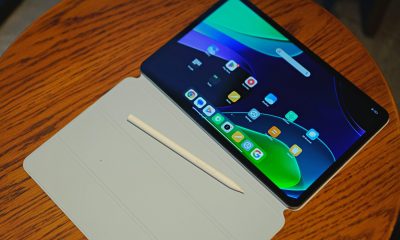
 Reviews2 weeks ago
Reviews2 weeks agoThe Xiaomi Pad 6 is great for the editor on-the-go
-
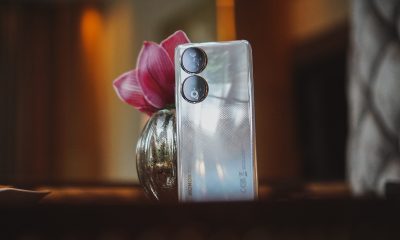
 Reviews2 weeks ago
Reviews2 weeks agoHONOR 90 review: Simply bedazzling
-

 Gaming2 weeks ago
Gaming2 weeks agoRefurbished Steam Decks are now available through Valve
-

 Health2 weeks ago
Health2 weeks agoRedmi Watch 3 Active: Basic but better
-

 Gaming2 weeks ago
Gaming2 weeks agoRockstar officially partners with Grand Theft Auto V roleplay servers
-
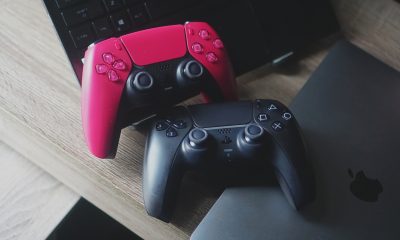
 Gaming2 weeks ago
Gaming2 weeks agoPlayStation 5 Slim supposedly leaked online
-

 Entertainment2 weeks ago
Entertainment2 weeks agoCatch Cinemalaya 2023 films at Ayala Malls this weekend
-
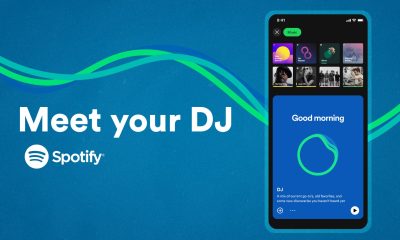
 Apps2 weeks ago
Apps2 weeks agoSpotify DJ feature now available in the Philippines





